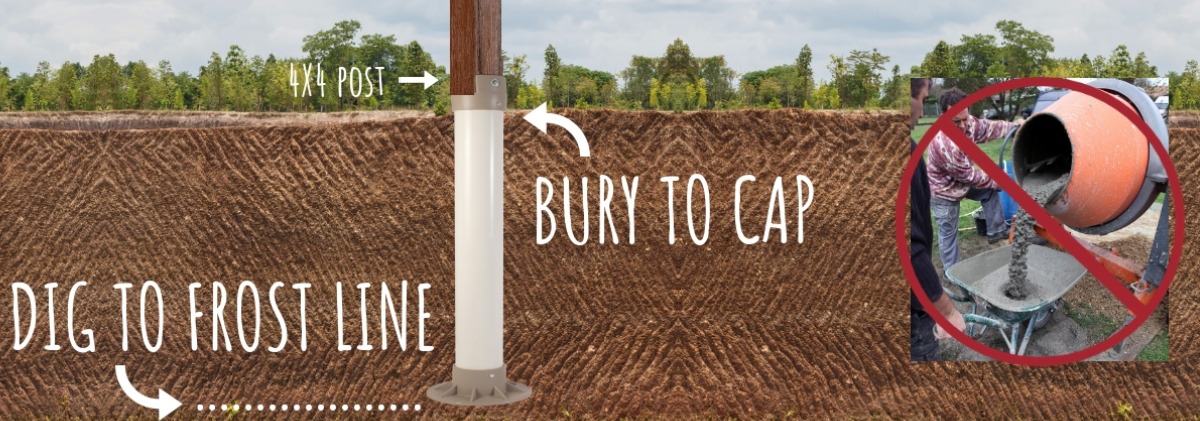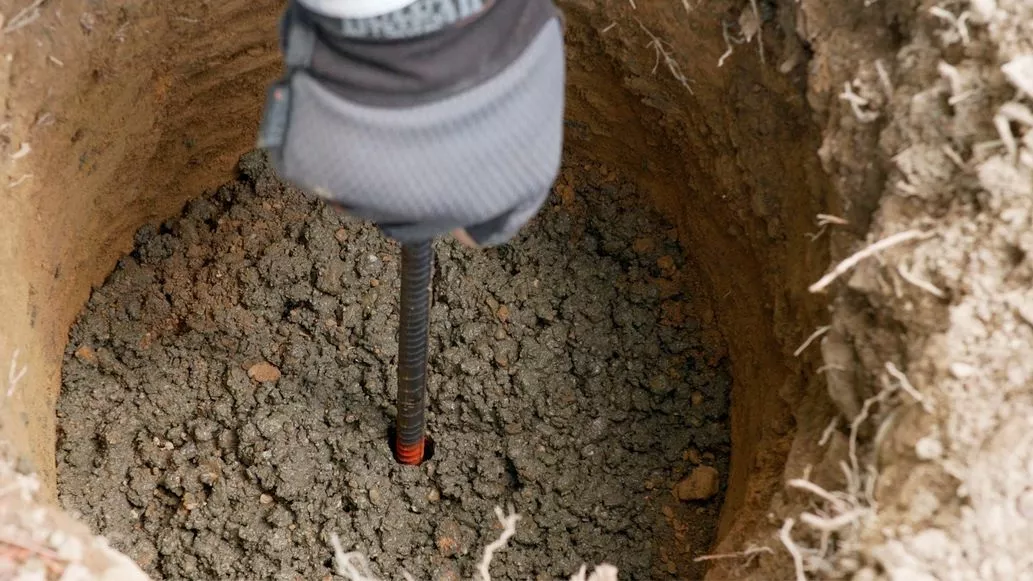Ensure Stability and Long Life With Correctly Mounted Deck Footings
Deck footings might not be the most attractive element of deck building, but they play a vital duty in guaranteeing stability and long life. In this conversation, we will explore the relevance of correct deck grounds, variables to consider throughout setup, different kinds of grounds available, detailed installation overview, and upkeep suggestions for ensuring durable footings.

Relevance of Proper Deck Grounds
Why are properly installed deck footings vital for the security and long life of your deck? The solution lies in the fundamental role that deck footings play in supporting the weight of the whole framework. Deck grounds are the foundation on which the deck rests, transferring the tons from the deck to the ground. When grounds are not effectively installed, it can bring about a range of issues that compromise the stability and longevity of the deck.
Firstly, properly mounted deck grounds disperse the weight of the deck uniformly, avoiding any uneven settling or sinking. This is specifically important in locations with unsteady dirt, as it aids to minimize the danger of the deck moving or collapsing. Furthermore, well-installed footings make certain that the deck continues to be degree, avoiding any architectural damage that can occur when a deck comes to be unequal.
Secondly, correctly installed grounds offer a solid support for the deck, avoiding too much motion and sway. This aids to maintain the structural honesty of the deck, decreasing the risk of crashes or injuries. It additionally lessens the wear and tear on the deck, enabling it to withstand the components and regular usage for a longer period of time.
Variables to Think About for Deck Ground Installation
When mounting deck footings, there are a number of important aspects to consider for appropriate installment. These aspects can greatly affect the security and longevity of your deck. Most importantly, you require to identify the sort of dirt on which the deck will be developed. Various dirt types have different load-bearing abilities, so it is important to perform a soil test to make certain the footings can support the weight of the deck and its passengers. In addition, the location and layout of the deck must be meticulously planned to prevent any kind of obstacles such as trees, utility lines, or underground pipelines. It is additionally vital to consider the neighborhood climate and weather, as these can influence the resilience of the footings. For example, regions with a high water table may need extra measures to avoid water damages. Last but not least, the dimension and product of the grounds should be chosen based on the size and weight of the deck, as well as the regional structure codes and laws. By thinking about these variables, you can make sure the correct installation of deck footings and delight in a long-lasting and stable deck.
Types of Deck Grounds to Select From
There are several various types of deck grounds offered for you to pick from. Each kind has its own benefits and downsides, so it's important to consider your specific requirements and the conditions of your deck prior to making a decision.
One typical sort of deck footing is the concrete footing. This entails excavating holes in the ground and pouring concrete right into them to create a solid structure. Concrete grounds are resilient and offer excellent security, making them appropriate for decks in areas with challenging dirt problems or high wind loads.
Another option is the helical pier ground, which includes a steel shaft with helical plates that are screwed right into the ground. These grounds fast to mount and can be utilized in different soil types, consisting of sandy or clay soils. They are also flexible, enabling easy progressing of the deck.
Sonotube footings are another preferred option. These footings are produced by putting a cardboard tube in a hole and loading it with concrete. Sonotube grounds are reasonably easy to mount and offer adequate security for smaller decks or in areas with much less demanding dirt conditions.

When choosing the kind of deck ground, it's essential to think about elements such as soil problems, deck size and weight, local building ordinance, and personal choices. By picking the suitable footing type, you can ensure the security and long life of your deck.
Step-by-Step Overview for Setting Up Deck Footings

Determine the place: Begin by noting the specific position of each footing utilizing risks and string (Deck Footings). Take into account any type of neighborhood building regulations or policies relating to trouble distances
Dig the holes: Make use of a post hole digger or an auger to dig the holes for the grounds. The deepness will certainly rely on the frost line in your area and the sort of soil. Normally, a deepness of a minimum of 36 inches is recommended for stability.
Level the look at this site holes: Make certain that all-time lows of the holes are level (Deck Footings). This can be achieved by using a level or a straight board across the top of the holes
Add gravel: Place a layer of gravel at the end of each hole to enhance drainage and avoid the ground from penetrating the soil over time.
Insert the ground kinds: Put the ground creates right into the openings, guaranteeing go to website they are focused and degree. Usage stakes to protect them in location.
Mix and pour concrete: Follow the instructions on the concrete mix bag to prepare the concrete. Put the concrete right into the ground forms, filling them completely.
Smooth the surface area: Make use of a trowel to smooth the surface of the concrete and remove any air pockets. Allow the concrete to cure according to the producer's instructions.
Upkeep Tips for Durable Deck Grounds
Appropriate maintenance is essential for guaranteeing the longevity and security of deck grounds. By frequently examining and preserving your deck footings, you can prevent damages and prospective safety threats. One crucial aspect of upkeep is to on a regular basis look for any kind of indications of wear and tear, such as splits or motion in the footings. If you notice any kind of issues, it is essential to address them promptly to prevent further damages.
Normal cleaning is likewise important for preserving deck grounds. Particles, plants, and dust can accumulate around the footings, which can cause moisture build-up and degeneration. Cleaning the grounds on a regular basis, using a pressure or a brush washing machine, can aid protect against these concerns and extend the lifespan of your deck.
Along with cleaning, it is crucial to news maintain the location around the grounds free from any kind of blockages. Avoid stacking items against the grounds or allowing plants to grow as well near to them. These obstructions can trap wetness and trigger the footings to weaken gradually.
Finally, routine resealing of the footings is suggested to shield them from dampness and various other ecological factors. Applying a water-proof sealer can help avoid water damage and extend the life-span of the grounds.
Verdict
In final thought, appropriate installment of deck grounds is vital for ensuring stability and longevity of your deck. Variables such as dirt type, load capacity, and neighborhood building regulations require to be thought about when choosing the right kind of deck grounds. Following a step-by-step overview for setup and routine maintenance will certainly assist to guarantee the grounds continue to be long-lasting and sturdy.
In this discussion, we will discover the value of proper deck grounds, aspects to think about throughout setup, different kinds of footings readily available, step-by-step installment guide, and upkeep ideas for ensuring durable footings. Deck grounds are the foundation on which the deck relaxes, transferring the load from the deck to the ground.One typical type of deck ground is the concrete footing. Place the footing types: Insert the ground forms right into the holes, guaranteeing they are centered and level.In final thought, correct installation of deck grounds is important for ensuring stability and long life of your deck.